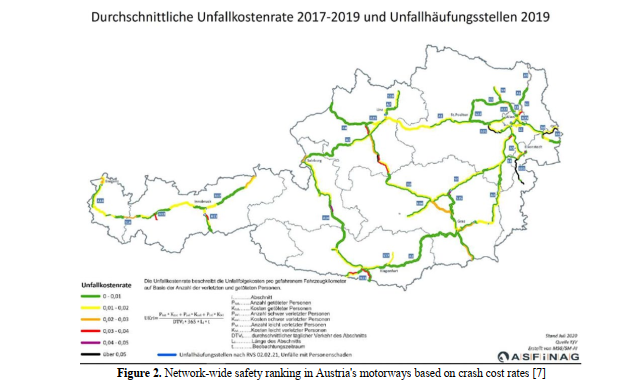
Road crashes are a leading cause of deaths for certain age groups, road user types, and countries, while crashrelated injuries have been associated with an array of negative impacts for both the affected individuals and the society. The identification of hazardous road sections stands as one of the most applied processes in successful road safety management and effective methods to correctly identify those locations are essential for road agencies and safety experts. This study provided a state-of-the-art review of international literature on methods and applied practices related to the identification of hazardous road sections. Emphasis was also given to the applied practices across the EU countries which in some cases was feasible through non-English manuals and guidelines; many resources were identified through a questionnaire survey targeted to road safety practitioners and relevant stakeholders across the EU countries. The analysis identified and summarized differences and similarities in the various methods and applied practices and therefore, the reviewed studies are classified in groups with respect to (a) the used safety performance metric (e.g., crash rates vs crash frequency), (b) criterion to prioritize road sections/sites for remedial treatments (e.g., sites that exceed the area-wide crash rate will be prioritized), (c) type of crash data (e.g., fatal crashes or fatal and severe injury crashes), and (d) area of application which refers to the part of the road network such as road segments and intersections. The findings indicate that the analysis usually relies on 3 to 5 years of crash data with different levels of detail; however, there are cases that use less than 3 years of crash data. Moreover, the identification of hazardous locations is a widely applied method in road safety management, however, even within the same country different road authorities choose different safety performance metrics to identify hazardous locations or prioritize locations for road safety improvement using different criteria. This work is useful for practitioners so that they can identify potential ways of improving their applied crash occurrence methodology, while it will inform researchers on paths for future research in the field of crash analysis.
| ID | pc443 |
| Presentation | |
| Full Text | |
| Tags |













